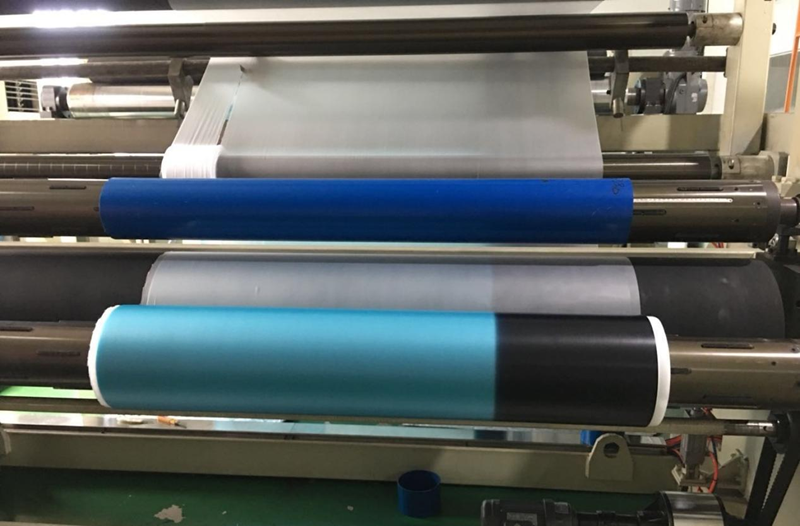PVB (polyvinyl butyral) film is a crucial component in modern automotive design, providing enhanced safety, durability, and performance. This laminated interlayer is widely used in windshields and other glass applications, offering impact resistance, noise reduction, and UV protection. Understanding its role in automotive applications can help manufacturers and consumers make informed decisions about vehicle safety and comfort.
The Role of PVB Film in Automotive Safety
One of the primary functions of PVB film in the automotive industry is its ability to improve safety. When laminated between two layers of glass, PVB film enhances the structural integrity of the windshield, preventing it from shattering upon impact. This feature is essential for protecting passengers during collisions, as it reduces the risk of injuries caused by flying glass shards.
Additionally, PVB film helps in maintaining the structural stability of the windshield, which is a critical component of a vehicle’s overall crashworthiness. In rollover accidents, for example, the windshield contributes to the vehicle’s roof strength, and a laminated windshield with PVB film helps keep it intact. The adhesion properties of PVB ensure that even if the glass breaks, the fragments remain stuck to the interlayer, preventing them from scattering and causing further harm.
How PVB Film Enhances Automotive Comfort
Beyond safety, PVB film significantly improves driving comfort. It has soundproofing properties that reduce external noise, making the cabin quieter and more enjoyable for passengers. This is especially beneficial for long-distance travel or urban driving, where noise pollution can be a concern.
PVB film also provides UV protection, blocking up to 99% of harmful ultraviolet rays from entering the vehicle. This helps in reducing the fading and deterioration of interior components such as dashboards, seats, and electronic displays. Additionally, it minimizes sun exposure to passengers, reducing the risk of skin damage and enhancing overall travel comfort.
Moreover, PVB film contributes to reducing glare by filtering harsh sunlight. This improves visibility for drivers, especially in bright conditions, enhancing safety and reducing eye strain during long drives. The addition of tinted or colored PVB film further optimizes light transmission, ensuring a more comfortable and controlled cabin environment.
Energy Efficiency and Sustainability Benefits
With growing emphasis on energy efficiency in automotive design, PVB film plays a role in improving thermal insulation. By reducing heat transmission through the windshield, it helps in maintaining a comfortable interior temperature, thereby decreasing the reliance on air conditioning. This, in turn, contributes to better fuel efficiency and reduced carbon emissions.
Furthermore, advancements in PVB film technology have led to the development of eco-friendly options that incorporate recycled materials. These innovations align with the automotive industry’s sustainability goals and help manufacturers reduce their environmental footprint. As the industry continues to push for greener solutions, PVB film stands out as a material that not only enhances performance but also supports environmental responsibility.
Applications Beyond Windshields
While windshields are the most common application of PVB film in the automotive sector, its benefits extend to other areas as well. Side windows and panoramic sunroofs also incorporate PVB film for added safety and noise reduction. In high-end and luxury vehicles, PVB film is used in smart glass applications, allowing for adjustable transparency to enhance privacy and energy efficiency.
Additionally, rear windows often feature PVB film to provide extra structural support and protect passengers in the event of a collision. The integration of PVB in these areas contributes to an overall safer and more comfortable driving experience, ensuring a holistic approach to vehicle safety and design.
PVB film is a vital material in modern automotive design, offering safety, comfort, and energy efficiency benefits. Its ability to strengthen glass, reduce noise, block UV rays, and improve thermal insulation makes it indispensable in today’s vehicles. As automotive technology continues to evolve, the demand for high-performance laminated glass solutions will grow, making PVB film an essential component in vehicle manufacturing. Understanding its advantages can help manufacturers, suppliers, and consumers appreciate its role in improving vehicle safety, sustainability, and driving comfort.
For more insights and expert advice, welcome to contact us at info@sourceglas.com!
Post time: Mar-18-2025


